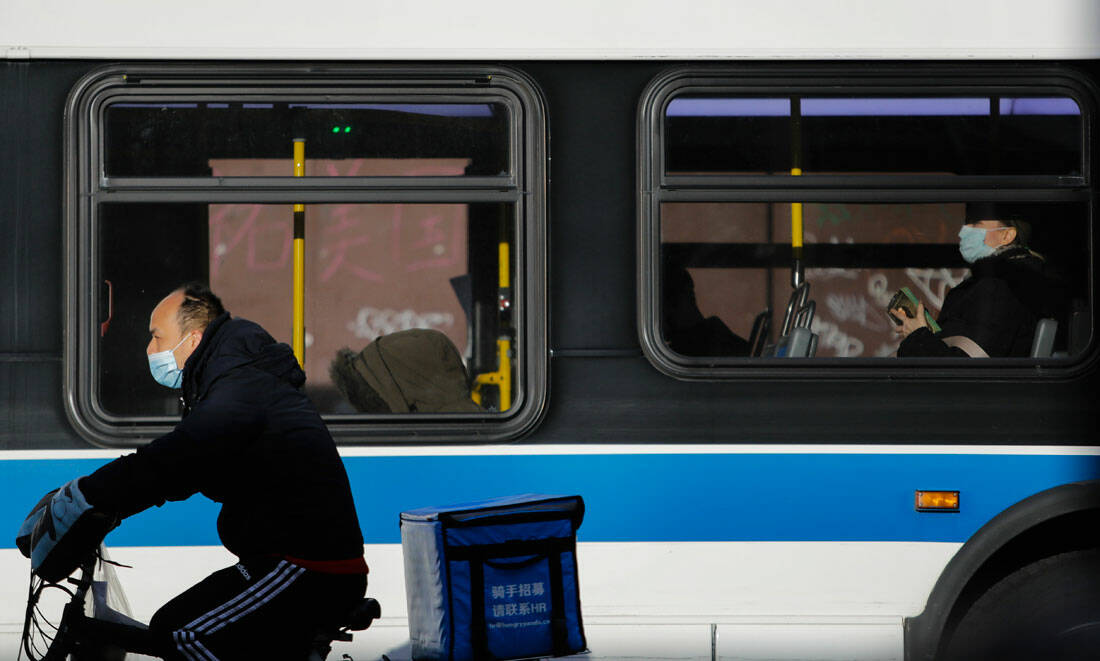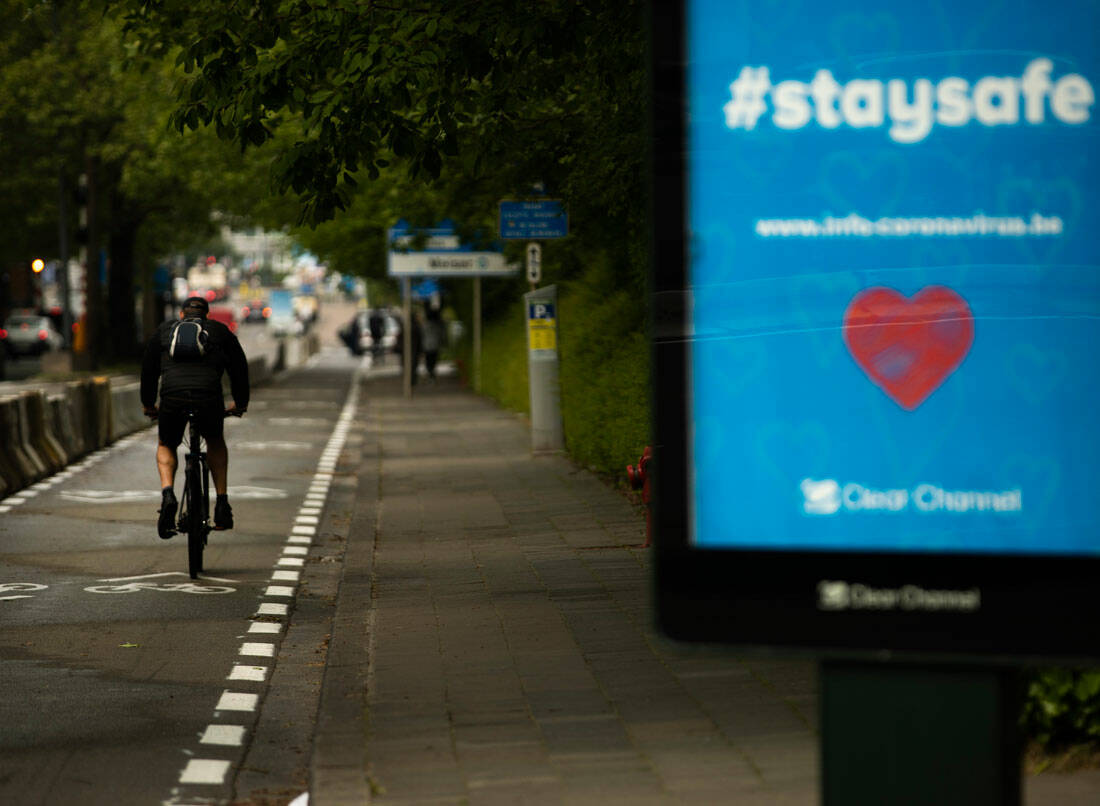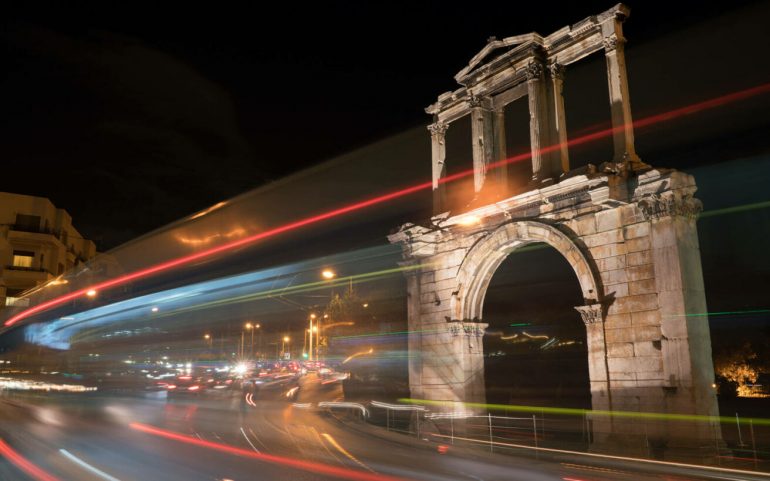May 2020, Paris. Just a few hours before the restrictive measures against him are lifted coronavirus In the French capital, a small army of city officials took on the job overnight, creating tens of kilometers of new bike lanes. They placed cones and saddles to prevent her vehicle traffic in a number of well-thought-out points, which communicated with each other. When the inhabitants of the city of light saw the new signs in the morning they were surprised. Many that day chose to go to work by bike, trying the new route that had been set.
Most have adopted this habit in the coming weeks, reaching to the present day, as they believe that as long as the pandemic lasts it would be better not to get into public transport. On top of that, they saved time and fuel by leaving the car parked, and we do not even count on improving the health of riders who ride for 10, 20 minutes or more until they get to work and return home the same way as soon as they finish. . The city had changed shape thanks to Covid19. The same happened in other parts of Europe that included the bicycle in their transport infrastructure.

According to Liz Alderman, head of business reporting on the Old Continent on behalf of the New York Times, the creation of new bike lanes in European cities during the coronavirus period has led to a quadrupling of bicycle sales according to store data, from Brussels to Tirana. The British government has pledged εκατο 250 million to strengthen cycling infrastructure, and Milan has introduced the Open Roads project, creating new 35km of bike lanes in a city that sighs from traffic while Berliners offer flowers to residents. built a new network of exclusive bicycle and bus traffic.

The sizes may not be comparable, but even in Athens the much-discussed "Great Walk" which is currently being created by the municipality of the city, aspires to deliver a network of bicycle paths that will pass through the main axes of the capital, such as Panepistimiou, Ermou and Athena.

The truth is that history has shown that great pandemics do change cities. For example, New York developed immediately after the so-called Spanish flu which led in 1918 - 1919 to the death of an inconceivable number of people who according to experts range from 60.000.000 to 100.000.000 people, several more than those who were killed during the First World War that ended at that time.

After the coronavirus outbreak, which is expected in 2022 (provided, of course, that the appropriate vaccine or drug is widely available), experts estimate that in several large cities around the world, the average population will decrease. And this is not of course because the deaths of the elderly are more than this form of flu but because the older ones who lived in an apartment but also had a house in the countryside, chose to spend their time safely in the second, with most not they return to the noisy streets of big cities.
What we are also expected to see is a clear reduction in the number of buildings that housed offices and shops in cities such as Seoul and New York., Sao Paulo, Los Angeles and London. Larger and smaller companies realized during the lockdown period that the remote work of their employees can significantly reduce their operating costs without a drop in productivity. On the contrary, there were companies that increased productivity due to the fact that the staff worked from home. So they are now thinking of renting out a significant part of their offices, which will gradually be converted into apartments.

Currently, even after the quarantine expires, 40% of people still work remotely and it is estimated that the majority will continue to do so at the behest of employers after the final end of the pandemic. James P. Gorman, 62, chief executive of Morgan Stanley, a banking giant, said most of the 80.000 employees under his roof would continue to work from home after the pandemic, which would have a huge impact on the market. real estate. In Germany alone it is estimated that 20% of offices will no longer be needed while major adjustments to the real estate market will also be observed in London and New York. Now what people will be looking for will be spacious houses to live and work with the maximum possible security.

Working remotely also means less use of the car and public transport as you will not have to go from home to the office because very simply the office will be next to the room than the bedroom. As a result, the air pollutants, something that we also saw happen during the quarantine period in all major cities around the world. Finally, many households have become accustomed to doing their shopping online without having to go to the shops and it seems that they will continue to do so in the future, even contributing in this way to reducing travel. Everything points to the fact that Covid 19 drastically changes the cities, the mentalities of their inhabitants and the economic becoming.
